Jason Lotkowictz
Healthcare advertising is undergoing a transformation. While search has been the cornerstone of digital healthcare marketing, recent developments have introduced uncertainty. Google's AI Overviews have reshaped the search experience, impacting SEO and SEM strategies. The company also faces a DOJ inquiry that could restructure its advertising operations.
Amid these changes, digital advertising in video and display formats offers new growth opportunities. Traditionally, healthcare advertising budgets have been divided into endemic and programmatic categories. However, innovations are blurring these lines, challenging the status quo.
Bridging the Gap in the Endemmatic Revolution
This evolution has given rise to something I call "endemmatic" advertising – a strategic fusion of endemic and programmatic approaches. This approach combines the contextual relevance and audience quality of endemic advertising with the scale and efficiency of programmatic platforms, opening new opportunities for healthcare marketers.
Here are a few to consider:
Healthcare Data Targeting: Marketers can leverage HIPAA-compliant, deterministic audiences based on actual healthcare behaviors for precise targeting across both endemic and programmatic content. Examples include Healthline's condition profile audiences and LiveRamp's patient or provider segments. Whether a marketer'syour healthcare data is first party or third, it's crucial to handle sensitive information in an identity graph that is compliant and secure. For example, Throtle's platform is designed with specific protocols like tokenization and certified data elimination at the forefront to account for this requirement.
Privacy-First Targeting in a Cookie-limited World: The modern healthcare marketer must maintain precision and respect user privacy, while also circumventing the erosion of cookies. Haymarket Media's data obtained from medical journal and site users can be a high value, first party source of HCP segments. Or in the broader programmatic ecosystem, LiveIntent's email-based identity solution stands out among the pack. Email derived marketing solutions are consent-based, complying both with privacy law and user expectation. Then there are companies, like Purple Lab, pioneering new use cases for tried-and-true tactics like post-campaign audience quality (AQ) measurement. For example, AQ pre-scoring can be used to predict ideal patient audiences, among programmatic suppliers with enough historical impression data."
Contextual Relevance at Scale: Extending beyond article sponsorships with endemic publishers like WebMD, programmatic advertising offers relevant health context across a broader network that is still brand safe. For instance, Google's contextual targeting places ads on health-related pages web-wide, while vendors like Kargo use AI for real-time content analysis exclusively within premium and trusted publisher supply.
Cross-Audience Targeting: Synchronizing HCP and DTC media is quickly becoming an essential component of healthcare marketing. Unified strategies for targeting both healthcare professionals and consumers ensure non-overlapping, measurable campaigns. Examples include Doximity's HCP and patient-facing platforms like PulsePoint's DSP that is built with both professional and consumer targeting in mind. Connecting the dots with even higher fidelity, Kargo clients are showing preference towards linked NPI-to-DTC audiences, leveraging a brand's target list of physicians to create targeted Direct-to-Consumer segments and coordinated healthcare campaigns.
High-Impact, Compliant Creative: People only react to targeted advertising, if the format of the message is compelling. From Everyday Health's interactive patient quizzes or tools to Celtra's dynamic creative optimization (DCO), standing out from the pack with creativity may offer the greatest competitive advantage of all. However, for compliance-sensitive campaigns, true DCO might be intimidating. With compliance-rigid TV spots, for example, marketers can consider starting with "DCO-lite" solutions with pre-built templates, vetted for FDA-compliance. Marketers can limit copy and format variations to manage legal reviews efficiently before expanding to broader concepts.
Elevating Programmatic to Strategic Importance
The endemmatic approach elevates programmatic advertising to a level of strategic importance comparable to endemic advertising but often at a larger scale or with more efficient CPMs. This enables marketers to test and implement strategies more equitably across the digital landscape, offering several advantages:
- Enhanced quality and brand safety in programmatic advertising
- Improved efficiency over endemic advertising
- Unified measurement and optimization across omnichannel audiences
In healthcare, where precision in targeting and regulatory compliance are crucial, the endemmatic approach offers a valuable path forward. By harmonizing the strengths of both models, marketers can maximize the impact of their digital campaigns.
As healthcare marketing evolves, solutions bridging precision and scale, context and reach, will play a crucial role. The endemmatic approach, with its holistic view of digital advertising, is poised to lead this transformation, offering a powerful toolkit to navigate complexities while delivering results and maintaining compliance.

